Neufchatel or Cream Cheese: Spot the Dairy Difference
Neufchatel vs. cream cheese brings to mind a dairy dilemma many shoppers face in grocery store aisles.
Two soft, spreadable cheeses look almost identical at first glance.
The French-originated Neufchatel actually predates its American cousin by several centuries.
Most people reach for cream cheese when making cheesecake or spreading something on bagels.
With fewer calories and less fat content, Neufchatel offers a lighter alternative for health-conscious food lovers.
Each cheese has subtle flavor differences that true connoisseurs can detect - one being slightly tangier than the other.
The texture variations become apparent when using them in different recipes.
Continue reading to learn which cheese works best for your favorite dishes and how you can substitute one for the other.
Facts about Neufchatel Cheese
Neufchatel cheese stands among the oldest traditions in French cheese-making, beloved for its soft white texture and remarkable versatility in shapes - from squares and rounds to cylinders and charming heart designs.
Raw cow's milk formed the base of original Neufchatel recipes, though modern versions often incorporate pasteurized milk instead.
It is ideal to spread on cookies and bread, while it can enhance their sandwiches or pair it with various appetizers and desserts.
The History of Neufchatel
Neufchâtel cheese has a rich history dating back over a thousand years to the Normandy region of France. It is believed to be one of the oldest recorded cheeses in France, with origins linked to medieval monasteries where monks crafted it as a local specialty.
Traditionally shaped like small hearts or bricks, Neufchâtel was prized for its soft, crumbly texture and slightly tangy, creamy flavor. Over centuries, it became a beloved staple in French cuisine, often enjoyed as a fresh cheese and sometimes aged for more complex taste.
Exploring Cream Cheese
Cream cheese is a soft, mild-tasting fresh cheese made from a mixture of cream and milk. Unlike aged cheeses, cream cheese is unaged and has a high moisture content, giving it a rich, creamy consistency.
Many delicious desserts rely on cream cheese as the main ingredient, such as soft cheesecakes, soufflés, red velvet treats...
People also enjoy spreading it fresh on bread and crackers or using it as cake frosting too. This versatile ingredient enhances many recipes by adding a moderate creaminess that makes dishes more delicious and appealing.
The Origin of Cream Cheese
Cream cheese originated in the United States in the late 1800s. Its creation is often credited to dairymen in New York who sought to produce a fresh, mild cheese that was creamy and spreadable.
Unlike traditional cheeses that require aging, cream cheese was designed to be a quick-to-make, fresh cheese with a smooth texture and mild flavor.
The first commercial brand, Philadelphia Cream Cheese, was introduced in 1872 and helped popularize the product nationwide.
Cream Cheese vs Neufchatel: Similarities
When comparing cream cheese and Neufchatel, you can find them sharing several notable similarities that make them closely related.
Both cream cheese and Neufchatel are made primarily from milk and cream, which gives them a distinctive fresh dairy aroma.
Their mild, milky scent is a hallmark of fresh cheeses, making their smell quite similar and easily recognizable.
Plus, cream cheese and Neufchatel have comparable carbohydrate content, usually very low or negligible.
This makes them popular choices for those seeking a creamy, protein-rich ingredient without excessive carbohydrates.
Neufchatel vs Cream Cheese: What Are Differences?
Neufchatel cheese and cream cheese might seem similar at first glance, but they have key differences worth knowing about.
Check the table for exploring the differences between Neufchatel and cream cheese.
| Feature | Neufchatel Cheese | Cream Cheese |
| Texture | Softer, lighter, higher moisture | Denser, firmer, lower moisture |
| Flavor | Stronger, slightly salty | Milder, sweeter |
| Milk Fat | Lower (~23g) | Higher (~34g) |
| Protein | Higher (~2.8g) | Lower (~2.1g) |
| Use | Substitute for cream cheese; less ideal for cheesecakes | Ideal for cheesecakes and spreads |
The Differences About Origin Between Cream Cheese And Neufchatel Cheese
Neufchatel and cream cheese share many traits but come from different places. Cream cheese was born in America during the 1800s, while Neufchatel has French roots dating back to the 6th century.
Their textures tell them apart - cream cheese feels smooth and thick, perfect for spreading on bagels, whereas Neufchatel has a slightly grainier feel. The fat content also varies, with cream cheese having around 33% fat compared to Neufchatel's lower 23% because it's made from milk rather than cream and milk.
Both types work well in cooking, though cream cheese gives a richer taste to cheesecakes and frostings. Next time you're at the store, try both to see which one fits your recipe needs or snacking preferences best.
Texture
Neufchatel is known for its soft, creamy, and somewhat grainy texture. It contains more moisture than cream cheese, which makes it lighter and fluffier. This higher moisture level also means it’s less dense and melts faster, giving it a delicate mouthfeel.
Cream cheese has a smooth, dense, and spreadable consistency with less moisture. Its firmness allows it to hold shape well, making it ideal for baking, especially cheesecakes and frostings. The texture is creamy but more substantial than Neufchatel, providing richness and body to recipes.
Flavor
Neufchatel typically has a slightly tangy and mildly salty flavor. The traditional French version, made from raw whole milk, delivers a more pronounced, complex taste with subtle earthy and nutty undertones. Its flavor profile is more nuanced and less sweet than cream cheese.
Cream cheese has a mild, slightly sweet, and tangy flavor that’s generally more neutral than Neufchatel. Its mildness allows it to blend seamlessly with sweet or savory ingredients, making it extremely versatile. Often, cream cheese carries subtle dairy sweetness with a smooth finish, and it easily takes on added flavors like herbs or fruits.
Milk Fat Content
Neufchatel contains less fat than cream cheese, usually around 23% milk fat. This lower fat content contributes to its lighter texture and makes it a popular choice for those seeking reduced-fat cheese options. It’s often considered a healthier alternative for people watching their fat intake while still enjoying a creamy cheese.
Cream cheese has a higher fat content, typically around 33-34%, due to the added cream. This richness contributes to its dense texture and luxurious mouthfeel. The higher fat level makes it indulgent and ideal for recipes requiring a rich, creamy base.
Protein Content
Neufchatel tends to have a slightly higher protein content, around 2.8 grams per serving, due to its milk composition and lower fat. This makes it a useful option for those wanting to increase their protein intake without extra calories from fat.
Cream cheese generally contains less protein, approximately 2.1 grams per serving, as the increased fat content dilutes the protein proportion. It is more focused on delivering creamy texture and richness rather than protein.
Culinary Uses
Because of its lighter texture and tangier flavor, Neufchatel is often used as a lower-fat substitute for cream cheese in spreads, dips, and some baked goods. However, its softer consistency means it’s less suitable for recipes that require firm structure, like traditional cheesecakes.
It also pairs well with savory toppings and can add complexity to sauces and dressings.
Cream cheese is widely favored in baking, particularly for cheesecakes, frostings, and creamy dips, due to its thick and stable texture. It’s also a staple spread for bagels and sandwiches and serves as a versatile base for both sweet and savory recipes.
Shelf Life of Neufchatel And Cream Cheese
Here is a table about the shelf life of Neufchatel cheese and cream cheese.
| Feature | Neufchatel Cheese | Cream Cheese |
| Typical Shelf Life (Refrigerated) | Usually 2 to 3 weeks; can last 4 to 5 weeks if properly stored in fridge | Typically 3 to 4 weeks after the printed expiration date |
| Shelf Life After Expiration Date | Can still be safe to eat for 1 to 2 weeks past expiration if stored well | Best consumed by expiration date; use caution after expiry |
| Shelf Life (Frozen) | About 1 month in the freezer | Up to 2 months in the freezer |
| Shelf Life at Room Temperature | Not recommended to leave out for long; use immediately if unrefrigerated | Should not be left out longer than 2 hours for food safety reasons |
Neufchatel Cheese
This cheese has a slightly longer refrigerated shelf life than cream cheese due to its lower moisture and fat content, which slow down spoilage. When frozen, its texture may become crumbly but remains safe to eat within a month. It’s important to keep it well sealed to prevent drying out.
Cream Cheese
Cream cheese contains more fat and moisture, which can affect its shelf life slightly, especially once opened. While it can last longer frozen (up to two months), cream cheese is more sensitive to temperature fluctuations and should never be left out at room temperature for over two hours to avoid bacterial growth.
How to Swap Neufchatel for Cream Cheese (or Vice Versa)?
You can generally substitute Neufchatel and cream cheese for each other in a 1:1 ratio since they have similar textures and flavors. Neufchatel is softer, lighter, and lower in fat, making it a good lower-fat alternative to cream cheese, though it may result in a slightly less rich or firmer texture - so cream cheese is better for cheesecakes and frostings.
Neufchatel has a tangier taste, while cream cheese is milder and sweeter, so adjust the amount if needed for flavor balance. For best results in baking, chill Neufchatel before using to help firm it up.
Got Questions? We’ve Got Solutions
1. Can I substitute neufchatel for cream cheese in recipes?
Yes, you can substitute neufchatel for cream cheese in almost any recipe. Since neufchatel has slightly less fat, your dish might be a bit less rich, but the difference is usually barely noticeable in dips, frostings, or cheesecakes.
2. Why does neufchatel cost less than cream cheese?
Neufchatel typically costs less because it contains more moisture and less fat than cream cheese, making it less expensive to produce while still maintaining a similar taste and texture.
3. Does neufchatel have fewer calories than cream cheese?
Yes, neufchatel has about 20-30% fewer calories than regular cream cheese because it contains less fat (about 23% compared to cream cheese's 33%) while having more moisture content.
4. How long do both cheeses last in the refrigerator?
Both neufchatel and cream cheese typically last 2-3 weeks in the refrigerator when unopened. Once opened, they should be used within 10 days for best quality and safety.
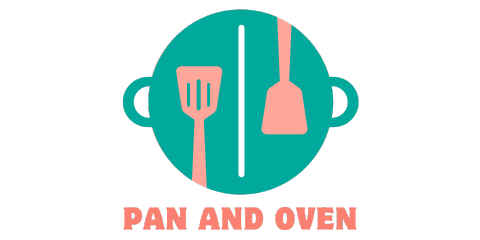

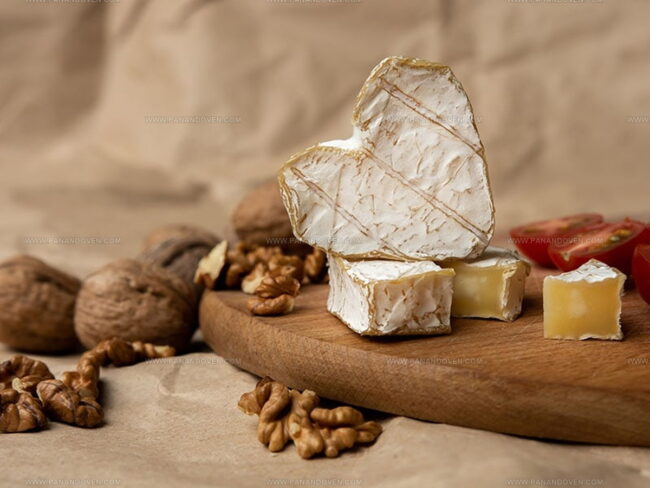

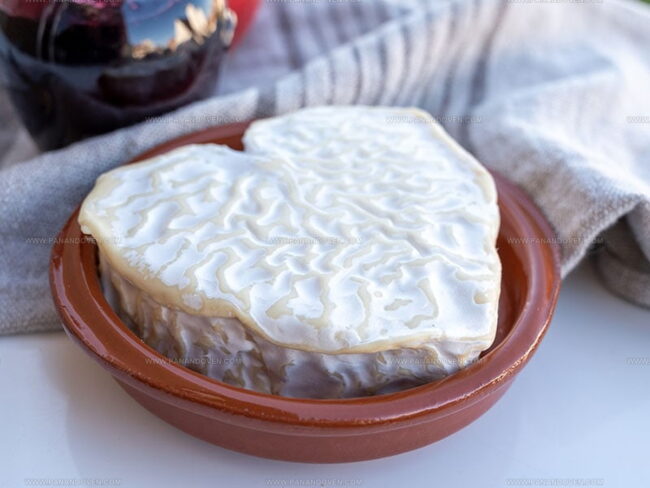


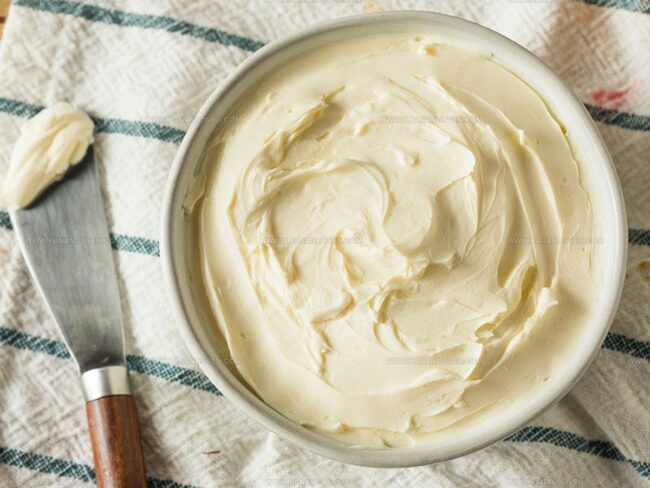
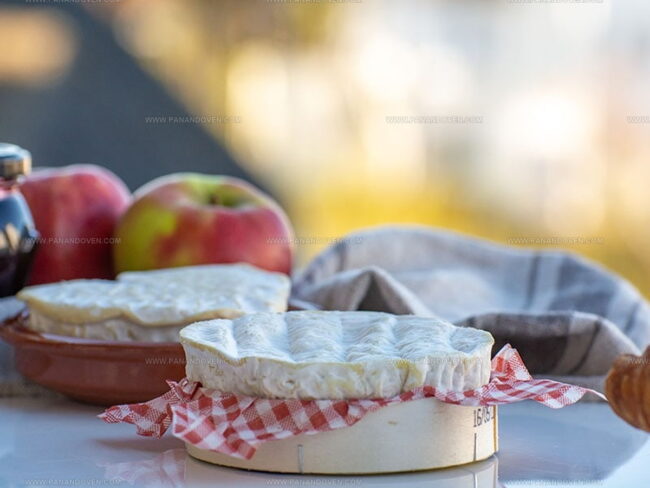
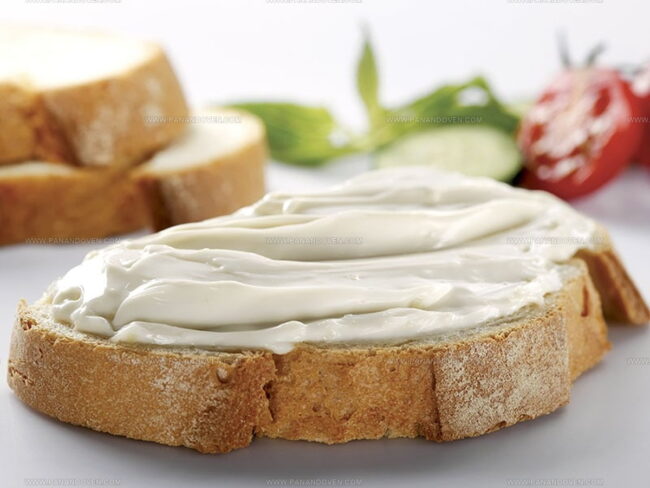
Marcus Reed
Founder & Food Content Creator
Expertise
Single-recipe development, Seasonal and local ingredient utilization, Food photography and styling, Culinary writing and content creation
Education
Culinary Arts Certificate, Blue Ridge Community and Technical College, WV
Focus: Fundamentals of culinary techniques, emphasizing hands-on experience in small-scale kitchen settings.
Marcus’s story begins in Asheville, where good food and family kitchens shaped his earliest memories. After hands-on culinary training and a lot of trial (and a little error), he realized that real cooking isn’t about perfection, it’s about connection.
At Pan and Oven, Marcus crafts recipes that are easy to follow, packed with flavor, and built for real kitchens.